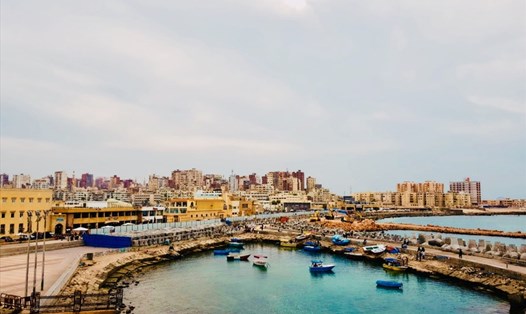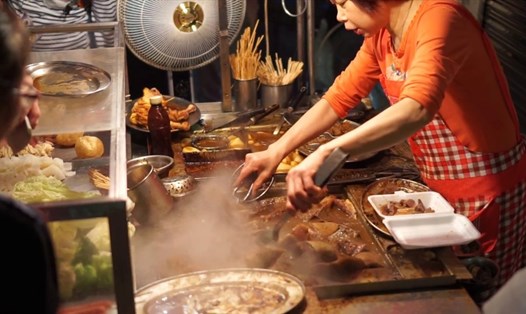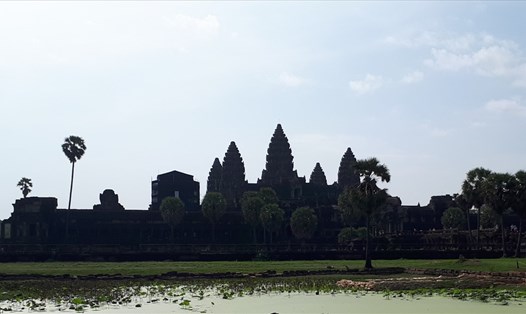According to local legend, in the 1400, when the temple was just a hut, a monk came here to live with a cat. The monk loves cats so much that he shares every meal with them.
Some time later, thanks to the wavy cat calling, the Samurai found a hut and took shelter from the rain. After the monk invited them to tea and talked, the Samurai were very happy and decided to donate rice fields and growing land to the temple, turning it into a large temple today.
Many years later, when the cat passed away, a monument was built here.
The temple is located in a quiet suburban area, so it is easy for people to miss if they do not pay close attention and find a gate.
Currently, at Gotokuji Temple, the number of porcelain cats has reached thousands of cows lining up around the temple.
Visitors can also buy these cats as gifts for friends and relatives and as a "luck" for themselves.
Gotokuji is also as small as many other temples around the capital, but is covered by many beautiful ancient trees such as maple trees, bades, cherries... so it looks more like a Japanese garden.
Maneki Neko is usually made of pottery, porcelain or plastic, with the shape of a cat raising its front foot as if waiting to call out to everyone.
According to the concept, it can be called for customers, or bring luck and fortune to the restaurant owner.
Not only popular in Japan, the statue of a lucky cat has appeared in all Asian countries, and most of all is still in stores and brands.
Like the talented statue that is present everywhere, Maneki Neko is also trusted by humans both physically and mentally, and religiousally.




